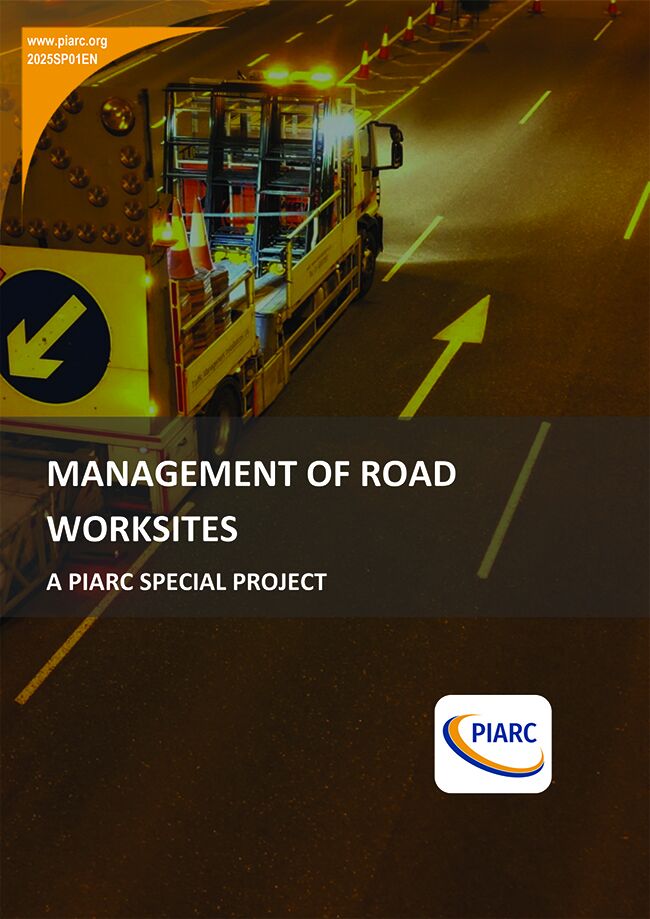Management of Road Worksites - Special Project

This PIARC Special Project was commissioned to address a critical and escalating global challenge: the growing safety, mobility, and environmental burden of road worksites. Driven by the dual pressures of maintaining ageing infrastructure in established economies and unprecedented network expansion in developing regions, roadwork activity is outpacing traffic growth, and worksites have become a disproportionate source of road trauma, with the impacts felt most severely in low- and middle-income countries (LMICs) and by vulnerable road users (VRUs). In response to these challenges, PIARC commissioned this study to investigate current governance models and best practices from around the world. Its purpose was to synthesise these findings, benchmark capability gaps, and ultimately deliver a framework and practical toolkit. The project adopted a comprehensive global scope, examining the full worksite lifecycle and deliberately balancing the realities of high-income countries (HICs) with the unique constraints faced by LMICs to ensure its findings and outputs are universally relevant.
To build a robust and multifaceted evidence base, the project employed an established mixed-methods research design. This approach was chosen to ensure findings could be triangulated and validated across multiple lines of evidence, combining quantitative scale with qualitative depth. The design integrated four parallel and complementary streams of research: a systematic literature review that screened over 10,000 academic records and catalogued hundreds of jurisdictional standards; a global survey that captured 247 responses from practitioners across 68 countries; semi-structured interviews with 13 international experts to uncover causal mechanisms; and the detailed analysis of 24 in-depth case studies from 19 countries to ground the findings in real-world practice. This dataset was woven together through an integrated synthesis process and scrutinised through a feasibility filter to ensure the resulting analysis and tools are practical and adaptable across diverse institutional settings.
The principal finding of this study is that global worksite management is primarily constrained by a reactive, compliance-focused paradigm that is ill-equipped to manage risk holistically. Drawing on the principles of ISO 31000, risk is understood as “the effect of uncertainty on objectives” (p.1), and the core challenge is the systemic failure to consciously manage the inherent trade-offs between the three competing work zone objectives of project completion, system safety, and network functionality. This has resulted in a significant capability gap between HICs and LMICs, where foundational issues, including weak enforcement and misaligned contractual incentives, hinder progress. Furthermore, the analysis revealed a persistent global blind spot regarding the protection of VRUs, a systemic lack of environmental performance monitoring, and confirmed that the value of new technology is conditional upon the maturity of the surrounding governance system. These findings collectively indicate a clear set of strategic actions necessary to mature global practice.
Information sheet
- Date: 2025
- Author(s): PIARC
- Domain(s): Project Management
- Type: 2025SP01EN - PIARC Special Project
- PIARC Ref.: 2025SP01
- ISBN: 978-2-84060-788-5
- Number of pages: 234